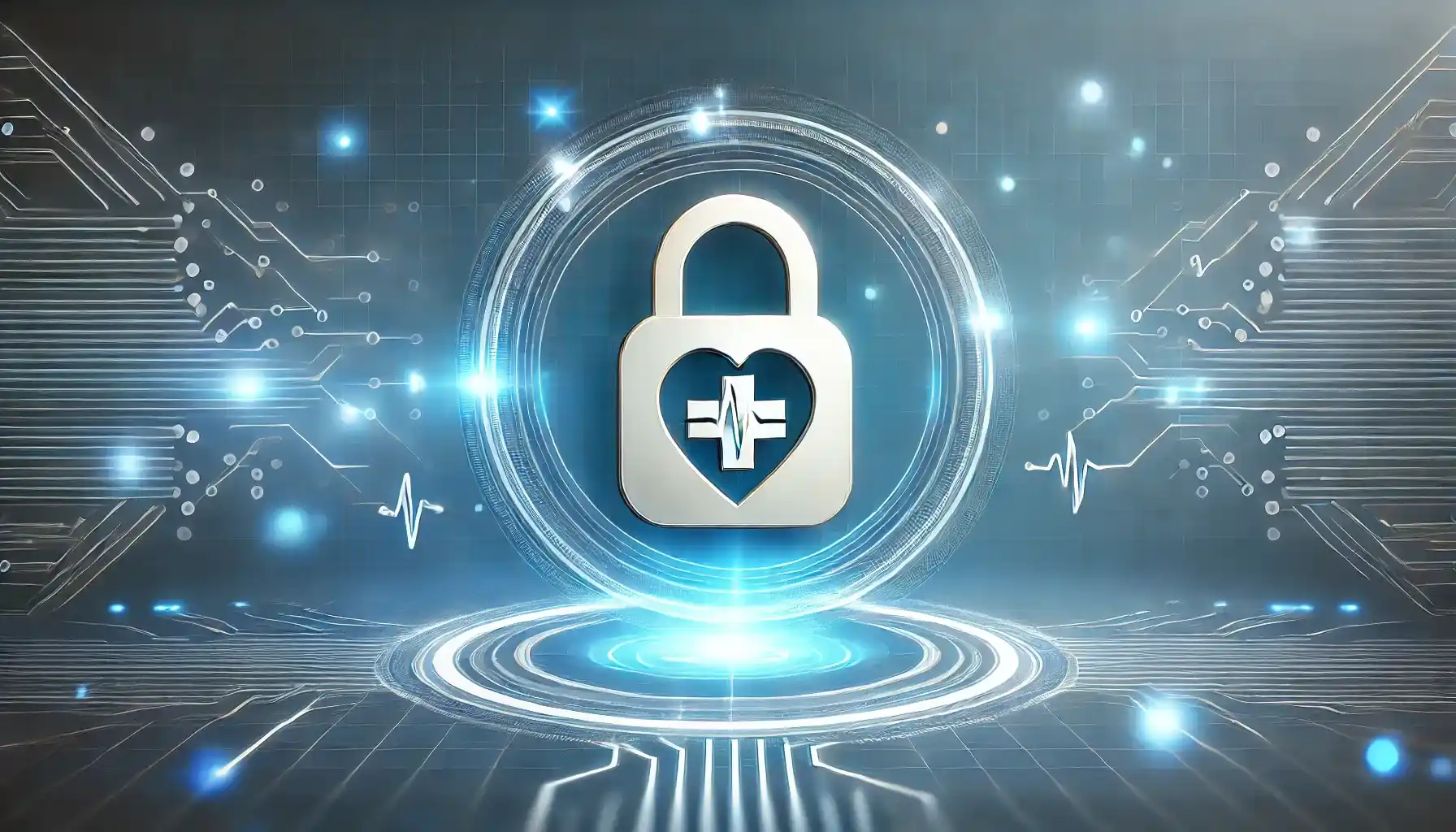Table of Contents
Telemedicine has become an indispensable part of healthcare, providing patients with access to healthcare services remotely. However, as telemedicine grows, so do the challenges associated with securing sensitive health data. Health data privacy is crucial, not only for regulatory compliance but also for maintaining trust between patients and healthcare providers.
What is Health Data Privacy in Telemedicine?
Health data privacy in telemedicine refers to the protection and confidential handling of sensitive health information exchanged during remote healthcare consultations, such as video calls, messaging, or sharing of medical records. Telemedicine allows healthcare providers to offer services remotely, but it also involves the transmission of personal and sensitive patient data over the internet.
This encompasses several critical aspects:
- Confidentiality: Health information shared between the patient and healthcare provider must be kept private and not disclosed to unauthorized individuals.
- Authentication and Access Control: Ensuring that only authorized users, such as healthcare providers and patients, can access or modify the health data.
- Compliance with Legal and Regulatory Standards: Healthcare providers must ensure that their telemedicine practices comply with applicable laws and regulations (e.g., HIPAA, GDPR) that protect patient privacy and data security.
In this article, we will explore 7 proven strategies to enhance health data privacy in telemedicine and protect patient information from breaches and unauthorized access.
1. Implement Strong Data Encryption Protocols
Encryption is the cornerstone of data security. By converting sensitive health information into unreadable code, encryption ensures that even if data is intercepted, it remains inaccessible to unauthorized users.
Best Practices:
- Use advanced encryption standards (AES-256) for all patient data.
- Encrypt both data in transit (during consultations) and at rest (stored records).
- Regularly update encryption protocols to mitigate vulnerabilities.

2. Use Secure Telemedicine Platforms
Telemedicine platforms serve as the virtual infrastructure for providing remote healthcare services. Not all platforms offer the same level of security, so it’s important to choose those that comply with relevant health data privacy regulations (like HIPAA in the U.S. or GDPR in Europe) and provide strong security features.
Features to Look For:
- End-to-end encryption for video calls and file sharing.
- Access control mechanisms to prevent unauthorized logins.
- Regular security updates and third-party audits for vulnerabilities.
3. Ensure HIPAA and Regulatory Compliance
In the United States, HIPAA (Health Insurance Portability and Accountability Act) sets stringent guidelines for handling and protecting health information. Similar regulations exist in other countries, such as the GDPR in the European Union. These regulations outline the necessary steps healthcare providers must take to protect patient and maintain health data privacy.
Steps to Maintain Compliance:
- Conduct regular risk assessments to identify and address vulnerabilities.
- Develop comprehensive privacy policies and procedures.
- Keep updated on regulatory changes and implement them promptly.
4. Train Healthcare Staff on Data Security
One of the biggest threats to health data privacy is human error. Healthcare staff must understand the significance of safeguarding health data and follow established protocols to minimize risks.
Effective Training Tips:
- Conduct workshops on recognizing phishing attacks and other cyber threats.
- Implement role-specific training tailored to responsibilities.
- Reinforce the importance of secure login practices and data handling.

5. Adopt Multi-Factor Authentication (MFA)
Simple passwords are no longer enough to secure sensitive health data. Multi-factor authentication (MFA) adds an extra layer of security by requiring users to provide multiple forms of verification before accessing sensitive systems.
How to Implement MFA:
- Use a combination of password, biometrics, and device-based authentication.
- Integrate MFA into telemedicine platforms for secure logins.
6. Regularly Audit and Monitor Data Access
Constant monitoring and auditing of data access are essential for identifying potential security breaches and maintaining the integrity of health data.
Monitoring Tools and Techniques:
- Deploy data access monitoring tools to track user activity.
- Schedule periodic audits to identify anomalies or risks.
- Maintain detailed logs to ensure accountability and traceability.

7. Develop a Robust Incident Response Plan
Despite best efforts, security breaches can still happen. When they do, having a pre-established incident response plan ensures that healthcare providers can act swiftly to mitigate damage and restore trust.
Key Elements of a Response Plan:
- Identify and isolate affected systems immediately.
- Notify patients and regulatory bodies as required by law.
- Learn from incidents to prevent recurrence by updating policies.
Conclusion
Health data privacy in telemedicine is not optional—it’s a necessity. By implementing these seven strategies, healthcare providers can build trust, comply with regulations, and ensure patient safety. As telemedicine continues to grow, staying ahead in data privacy practices will remain a critical factor for success.
Investing in robust security measures today paves the way for a safer, more reliable future in telemedicine.





